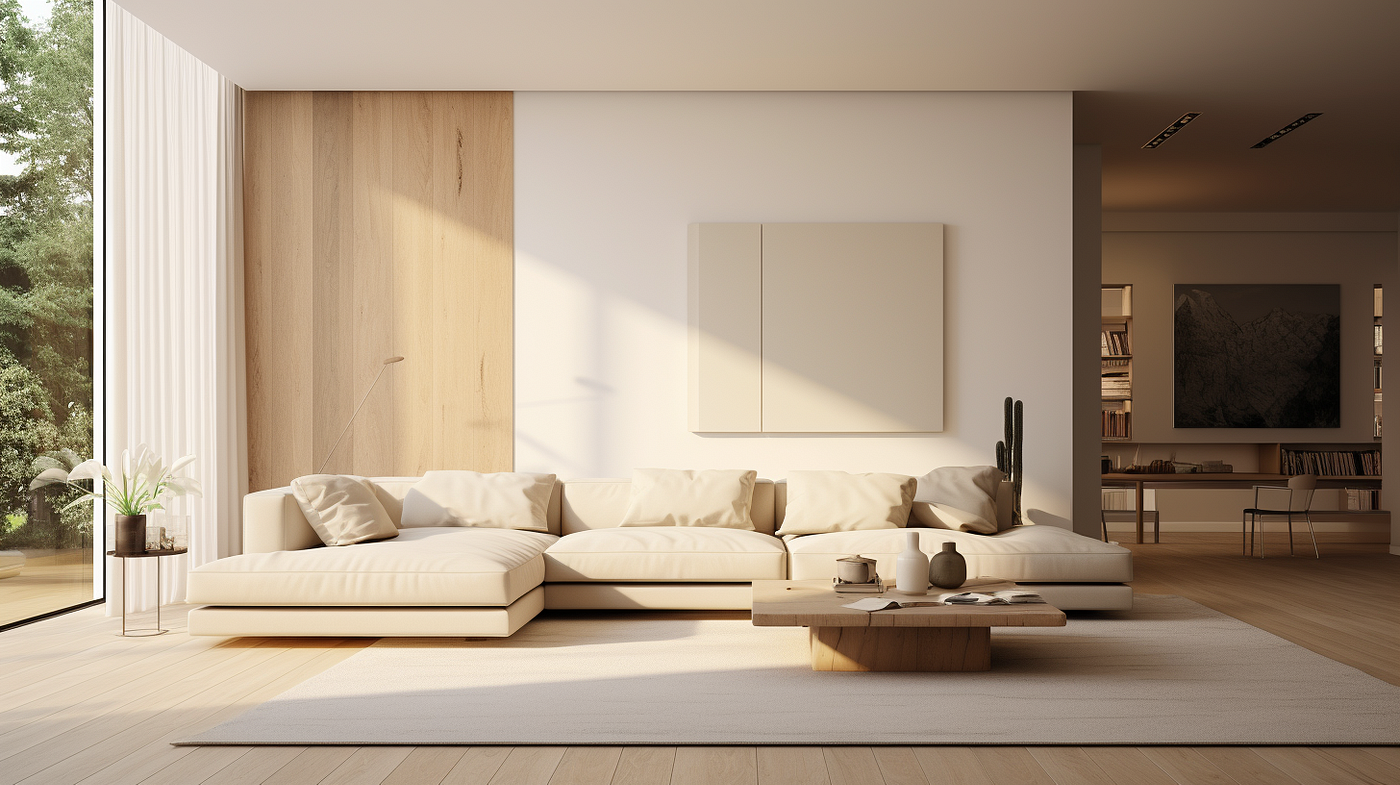Understanding Minimalism: Strategies for Minimizing Mess and Enhancing Quality in Everyday Living
Minimalism is increasingly acknowledged as a practical technique to enhancing clarity and focus in today's chaotic world. By systematically assessing our possessions and prioritizing intentionality, we can develop rooms that not only show our worths yet additionally advertise psychological wellness. Employing methods such as the "Four-Box" strategy can promote a more orderly atmosphere, yet real obstacle lies in growing a minimalist frame of mind that sustains these initiatives. Checking out the nuances of this viewpoint might disclose surprising understandings right into exactly how you can change your day-to-day live. When you welcome this willful simpleness?, what might you discover.
Defining Minimalism and Its Benefits
Defining minimalism entails comprehending it as a way of living option that stresses simplicity and intentionality in both daily routines and physical ownerships. At its core, minimalism urges individuals to prioritize what really matters, enabling an extra purposeful and concentrated existence. By removing the non-essential, minimalism invites people to engage deeply with their surroundings and experiences.
The benefits of embracing a minimalist technique are complex. It fosters psychological quality, as decreasing mess in one's setting can lead to reduced distractions and anxiety. People usually report improved concentration and improved productivity when bordered by fewer belongings. Secondly, minimalism promotes monetary liberty; by prioritizing requirements over desires, individuals can make more educated purchasing choices, causing prospective savings and minimized financial debt. A minimal way of living can produce psychological advantages, as it encourages people to grow gratefulness for what they have rather than yearning for extra.
Ultimately, minimalism is not simply about material reduction but entails an all natural change in perspective, fostering a life identified by function, equilibrium, and gratification. Embracing this way of life can result in extensive adjustments in exactly how people perceive and connect with the globe around them.
Examining Your Existing Clutter
Mess commonly shows up as a frustrating buildup of things that no longer offer a function, creating a barrier to accomplishing a minimalist way of living. To efficiently assess your present mess, it is important to adopt an organized approach. Begin by identifying the locations in your living space that really feel disorderly or overwhelming. Remember of specific groups of products, such as clothes, books, or cookware, as this will assist you comprehend the range of the mess.

Furthermore, take into consideration the frequency of use for each item. Eventually, recognizing your present mess is a crucial step toward embracing minimalism and enhancing quality in your day-to-day living.

Practical Decluttering Strategies
Having actually evaluated your present clutter, the next step is to implement useful decluttering methods that help with an even more organized living room. Minimalism. One efficient approach is the "Four-Box" technique, where you mark four boxes identified: maintain, give away, garbage, and relocate. This technique motivates fast decision-making and makes certain products are classified properly
One more method is the "One in, One out" policy, which specifies that for every brand-new item obtained, an existing item must be eliminated. This principle aids keep equilibrium and avoids buildup over time. Furthermore, consider the "30-Day Minimalism Game," where you remove one thing on the very first day, 2 on the second, etc, cumulatively fostering a sense of achievement.
For those that have problem with emotional add-ons to properties, the "Emotional Value" technique can be useful. Limit yourself you can try this out to a specific number of treasured items, allowing you to appreciate their value without overwhelming your space. Finally, establish a regular decluttering schedule, whether month-to-month or seasonally, to maintain a clutter-free atmosphere. By utilizing these techniques, you can produce an extra peaceful and effective space, eventually improving clearness in your day-to-day life.
Producing Deliberate Spaces
Developing intentional areas entails a thoughtful method to how we design and organize our settings, making sure each area offers a particular objective and shows our worths. This practice is crucial in cultivating a sense of clarity and objective in our day-to-days live. By critically assessing the feature of each room, we can remove interruptions and improve our general well-being.
To develop intentional areas, begin by recognizing the primary activities that will certainly happen in each location. A home office must be developed to foster efficiency, including elements such as ample lighting, comfortable furniture, and minimal interruptions. In contrast, a leisure area ought to advertise serenity, featuring calming colors and comfy seating.
In addition, think about the psychological effect of your surroundings (Minimalism). Including individual products that reverberate with your this contact form worths, such as art work or plants, can improve the connection to your space. Consistently assess these environments to guarantee they continue to offer their desired purpose as your needs evolve
Inevitably, creating intentional spaces has to do with making conscious choices that straighten with your lifestyle, promoting harmony and performance in your living and working environments.
Maintaining a Minimalist Way Of Thinking
Accepting a minimalist mindset requires continuous reflection and intentionality in our activities and ideas. This method includes cultivating understanding of our worths and priorities, permitting us to filter disturbances and concentrate on what really matters. To preserve this attitude, normal self-assessment is necessary. Reserve time to examine your dedications, ownerships, and also digital material, ensuring they line up with your core concepts.
This shift in viewpoint motivates gratitude for simplicity, boosting total wellness. Incorporating mindfulness strategies, such as reflection or journaling, can better strengthen a minimalist attitude by advertising quality and decreasing psychological mess.
Additionally, develop limits to safeguard your energy and time. Find out to state no to non-essential commitments and distractions that browse around these guys do not add to your individual growth. Border on your own with similar individuals that sustain your minimal journey, as shared values can improve inspiration and liability.
Conclusion
In conclusion, accepting minimalism supplies significant benefits, including minimized clutter and improved clarity in daily life. The concepts of minimalism serve as valuable tools for cultivating an atmosphere that sustains personal growth and health.

Additionally, think about the "30-Day Minimalism Game," where you remove one item on the first day, two on the second, and so forth, cumulatively promoting a sense of accomplishment.
In final thought, embracing minimalism offers significant advantages, including minimized clutter and enhanced clarity in daily life.